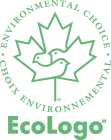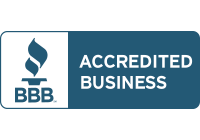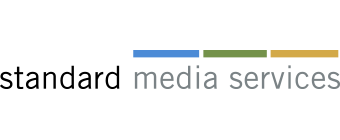January 17, 2014
Dear Manufacturers – Just Come Clean About What’s In That Bottle Already!
We’re becoming increasingly concerned about our health and safety, and with good reason. For some of us, the journey of awareness starts with the food we put in our bodies. Once we realize that many of the major food manufacturers and fast food chains don’t have our best interests at heart, we start to explore other topics. The cleaning products we bring into our homes are a big one. They’re everywhere and there seems to be a different product being pushed for every little job we do. If you haven’t yet fallen into the ‘what’s really in that bottle’ research mode, just wait..you will.
For many of us, this awakening occurs right after your first child comes along. It’s like an instantaneous change in perspective. One day we’re mindlessly chewing the erasers off of pencils, and the next day we’re feeling a cringe of panic overtake us as we watch our toddler use the back of her high chair as a teething board. “Does she have to put EVERYTHING in her mouth?”
How Worried Should You Be?
Decades ago, we used to be pretty confident in the cleanliness of our homes. A little bleach and water, a bit of vinegar –all clean. Not anymore. Manufacturers are pushing a clean that does more harm than good. So, what’s the scoop? How bad are most cleaning products and what can we do to start recognizing and removing them from our lives?
According to the Environmental Working Group, a non-profit public interest group dedicated to using the power of information to protect public health and the environment, there is a lot to be concerned with:
- Fumes from some household cleaners may cause the development of asthma in otherwise healthy individuals.
- Common cleaning products contain preservatives that release cancer causing formaldehyde.
- A 2010 study by the New York State Department of Health has revealed that children born to women who held cleaning jobs while pregnant have an elevated risk of birth defects.
- Despite our concerns, cleaning product labels often do not provide nearly enough information about their ingredients.
If all those bullet points above sound serious, they are. What can you do? Here at Green Apple Home Cleaning Services of Ottawa, we have made the commitment to go completely green. As part of the EcoLogo family of products and services, Green Apple adheres to the highest and most globally respected environmental standards. A good way for you to get on the right track to having a non-toxic, truly safe home starts with the ability to decode misleading labels on your current household cleaning products. What you are assuming to be safe, may be hiding behind some cleverly worded or unregulated terminology.
We’ve provided you with some of the most common terms and their true meaning. We think you’ll be surprised:
Decoding the Cleaning Product Ingredient Labels
Active ingredient – The phrase ‘active ingredient’ in household cleaners often indicates the presence of antimicrobial pesticides. Yikes. They’re added to kill molds, bacteria, and viruses. Unfortunately, they also pose a health risk and are completely unnecessary when getting your house clean.
Antibacterial – The term means the product likely contains pesticides to kill molds, bacteria, and viruses. Pesticides will be found under the “active ingredient” list on the product label.
Biodegradable – A tricky and unregulated term that actually means the ingredients break down in wastewater treatment plants, rivers and streams or landfills. It does not mean the product is safer or greener than other products.
Fragrance or scent vs. free & clear/free of perfumes and dyes
Many cleaning companies market their products’ scents – or the absence of added scent. Added fragrances are unnecessary and can provoke allergic reactions. The term “fragrance” on an ingredient list means the product contains a chemical cocktail that may consist of dozens of substances for which there is limited safety data. EWG recommends that you choose products free of unnecessary, undisclosed ingredients such as fragrance and dye. Products labeled “Free & Clear” are better bets, though a few may contain a scent to mask the smell of other ingredients. Check EWG’s Guide to Healthy Cleaning or call the manufacturer for more information.
Natural – The word ‘natural’ used on a household cleaner is actually not regulated. What does that mean? Basically, depending on the integrity of the manufacturer, it can mean something, or nothing at all. Some manufacturers use this term just because one ingredient is plant based. This, of course, says nothing of the rest of the ingredients. Always look for a full ingredient list.
Non-toxic – Another high potential to be mislead. This common marketing term may seem to imply that the ingredient or product is not harmful. That would be nice, except there is no standard definition in the cleaning products industry, so this term is no help in choosing the safest cleaners.
These are just a few to watch for. If you’re ready to make the switch to truly non-toxic cleaning, check the EcoLogo website for a list of safe consumer products.





